How to Select a Learning Management System That Integrates with Your SIS
Today’s college students attend classes both in-person and online, which requires software to manage coursework, participate with classmates and communicate with instructors. Similarly, faculty are also relying more on technology for instruction and administration. The right Learning Management System (LMS) software can modernize the learning experience for students and faculty while helping to improve educational outcomes.
Colleges, universities, career and trade schools, and continuing education programs use LMSs to plan, manage, organize and administer in-person, hybrid and online learning experiences. It operates in conjunction with a Student Information System (SIS), which manages the school’s administrative operations.
This article will discuss some key considerations and features to help you find the best LMS to integrate with your SIS to maximize its potential.
- The Features and Benefits of a Learning Management System
- How a Learning Management System Differs from a Student Information System
- How Campus Cafe Integrates With Your School’s Preferred LMS Provider
- How a Learning Management System Supports Your School Community
- Popular Higher Education Learning Management Systems to Consider
- Finding the Best Learning Management System for Your School
The Features and Benefits of a Learning Management System
An LMS is an important tool to improve your school’s course administration and student experiences. The best LMS systems feature an easy-to-use interface, integrate smoothly with other third-party software and offer robust reporting functions.
As more schools offer online instruction and hybrid programs, LMSs have become increasingly important for online learning, video courses, discussion groups and using data to analyze student outcomes. These features allow schools to offer more flexibility in their programs and to customize the experience to instructors’ preferences and students’ needs.
Within the LMS, an instructor can create, edit and share educational and course content, assign work, administer tests and quizzes, record grades and take attendance. The digital attendance feature is particularly important for career and trade schools. Students are often learning in the field or on job sites and digital attendance provides more reliable data, faster reporting and fewer errors.
Students use the LMS to access their coursework and communicate with peers and instructors anywhere and anytime. This connectivity boosts engagement and helps students stay on track.
An LMS also supports critical administrative tasks, including reporting, accreditation, recording grades and course completion.

How a Learning Management System Differs from a Student Information System
For higher education institutions, both systems are essential, but they serve very different purposes. Together, these two systems create a robust educational infrastructure. In the best scenario, your school’s SIS integrates fully with your LMS.
>> Dive deeper: Get the ultimate guide to higher-education student information systems<<
An SIS is like a school’s nerve center. It enables a school to oversee the entire student lifecycle, from admissions and enrollment to class registration, financial aid and graduation. It also supports the departments that help a school manage its day-to-day business operations and stay compliant with state and federal regulators.
An integrated SIS unites an institution on a single platform with a single source of truth, improving data accuracy, broadening access to shared information and facilitating collaboration between different departments.
While the SIS is an administrative hub, an LMS manages and delivers the instructional and educational content. It supports instruction outside of the classroom and helps deliver virtual courses. The LMS connects students to their instructors and classmates.
The LMS also allows faculty to manage their instructional relationship with a student and facilitates students’ interactions with their peers, coursework and instructors.
How Campus Cafe Integrates With Your School's Preferred LMS Provider
When your school connects its SIS to an LMS, it creates a single place to digitally manage classroom operations, saving time and improving data accuracy. The integration unites all instructional and administrative data on a student’s profile.
Campus Cafe supports a variety of third-party integrations so clients can use their preferred software providers. This capability provides schools with maximum flexibility, functionality and customization.
When clients move to Campus Cafe’s SIS, our team configures the LMS integration during the implementation. Your users will train on the SIS and learn to access the LMS simultaneously, and our technical and customer support teams can help troubleshoot any issues that may arise.
There are different methods to integrate a third-party LMS to share data with your school’s SIS. Campus Cafe uses real-time restful API or batch processing to push course registration and grades from the LMS to the SIS.
To create a smooth user experience, Campus Cafe can also set up single sign-on (SSO), which allows faculty, students and other stakeholders to access both systems with a single username and password.
>> Learn more about Campus Cafe’s hands-on implementation services <<

How a Learning Management System Supports Your School Community
Faculty and students are the primary users of an LMS, but administrators and staff can use the data for daily operations and parents can assist students with learning outcomes.
Faculty and Students
With the availability of online and hybrid learning, an LMS is vital for online learners and asynchronous coursework when classes aren’t live, and students can complete work within a predetermined timeline.
For virtual instruction, the LMS serves as a virtual classroom. Students can access videos, audio lectures and assignments, pose questions to their instructor, participate in discussion groups and submit their work.
- Manage assignments, coursework and communications
- Administer and submit tests, quizzes and discussion forums
- A resource hub for reading materials, curriculum and syllabus
- Digital attendance tracking
- Interact with peers and faculty or access course materials remotely
- Register for classes
Accreditation
An LMS supports administrators who manage a school’s program accreditation by tracking and assessing student learning, curriculum and outcomes.
- The system records and stores student data in real-time,
- Data for accrediting associations is readily accessible, saves time and reduces error
- Staff can monitor issues that could impact accreditation like attendance, grades and on-site training
Registrar
The registrar oversees all course enrollment, manages course availability, and collects information on grades and attendance.
- The LMS feeds his information to the SIS, which provides the registrar’s office with real-time data to manage the classroom
- The LMS sends grades into the SIS, which is input into transcripts
Parents
Some institutions provide parents access to the LMS to monitor their child’s enrollment, performance, attendance and grades. Parents can access the syllabus and course materials to support their students. If necessary, they can also contact the faculty via the platform.
Popular Higher Education Learning Management Systems to Consider
The LMS marketplace constantly shifts as new systems hit the market and older companies exit or become acquired. Listed here are the four largest LMS providers that Campus Cafe integrates with. Even if your preferred LMS provider isn’t on this list, Campus Cafe can likely manage the integration.
Moodle
Moodle is the flagship of open-source LMSs. A sizable development community supports the system, creating many specialized modules and plugins. It is highly customizable and many third-party vendors have grown around it to provide additional services.
Moodle has a low cost of ownership, however, skill and experience are essential in achieving a well-functioning Moodle installation. Moodle is complex and challenging for the uninitiated to set up and operate.
Best for schools with strong internal capabilities and an appetite for experimentation.
Blackboard
Blackboard has been serving clients since 1997 and many U.S. colleges and universities have installed the system, making it the de facto industry standard. Given that market penetration, many other education and management programs integrate with Blackboard, including Campus Cafe. It has many built-in features, hosting models and services.
Best for schools seeking stability.
Canvas
Canvas is an open-source LMS aimed at the academic market. It was designed to be a modern web application and provides broad support for creating and collaborating on educational content. The system includes built-in video recording and iOS and Android apps.
Best for schools seeking a native Web 2.0 experience and who don’t require significant support.
Brightspace by D2L
Brightspace is known for its robust user interface and its customer support. It has various analytics and communications features. It provides tools for instructors to monitor student progress and interact with students. Brightspace’s critical differentiator is its analytics, which uses previous student behavior to anticipate problems and customize learning experiences.
Best for schools that are comfortable with analyzing and using data.
Finding the Best Learning Management System for Your School
With any new software system, there’s no substitute for an honest assessment of your needs and an intensive testing period. An LMS system is a critical piece of your technology and data infrastructure. It supports your students’ learning experience, facilitates better instruction and communication, and assists with reporting, course management and other administrative functions.
When your school’s SIS and LMS software work together, it improves the student and faculty experience. Choosing an LMS that fits your school’s needs and integrates smoothly with your SIS will earn high marks all around.
See how the right SIS can help your team can use an LMS to improve outcomes for faculty, students and administrators. Contact us for a short demo.








